Dried Herbs - Cooking, Tea & Herbalism
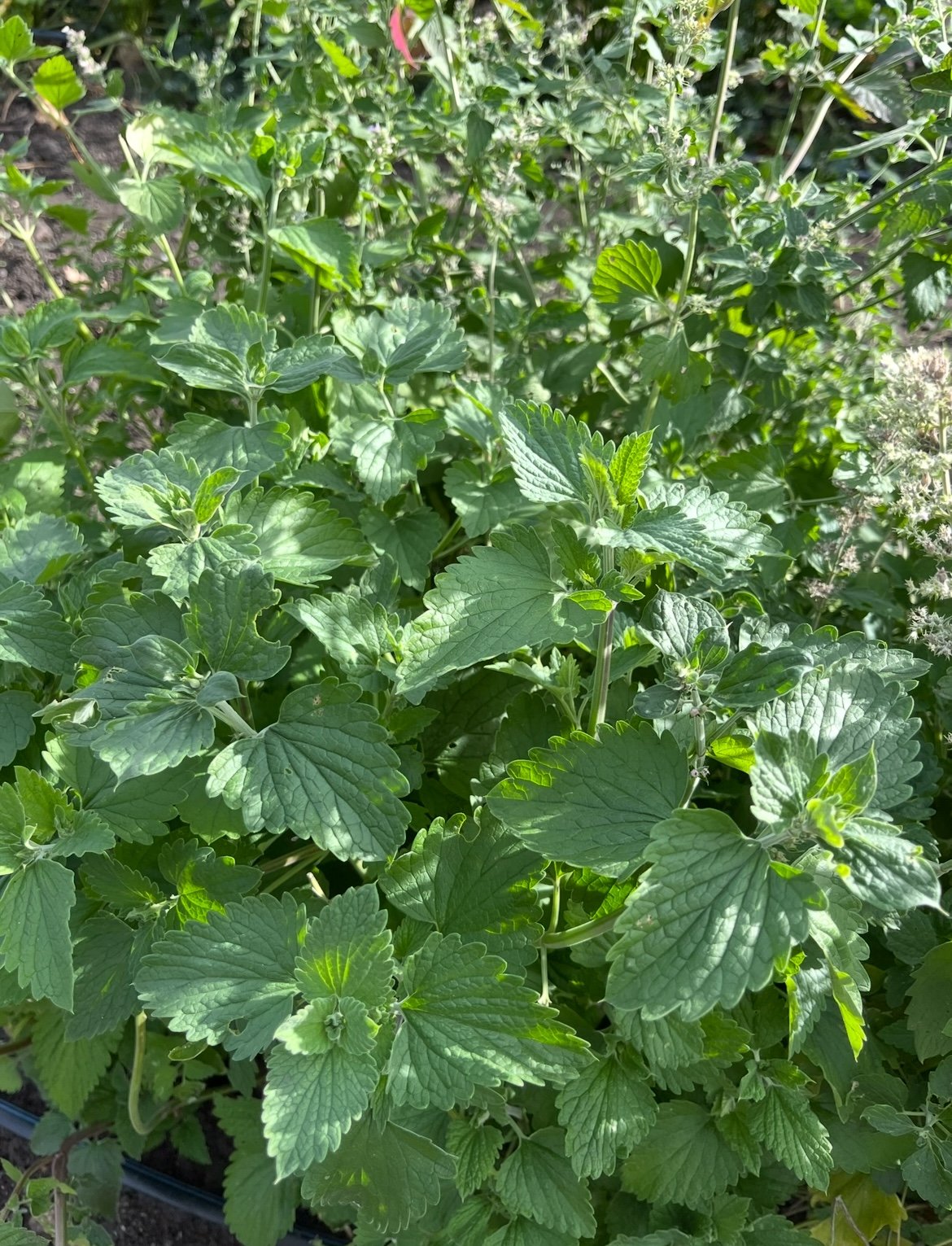
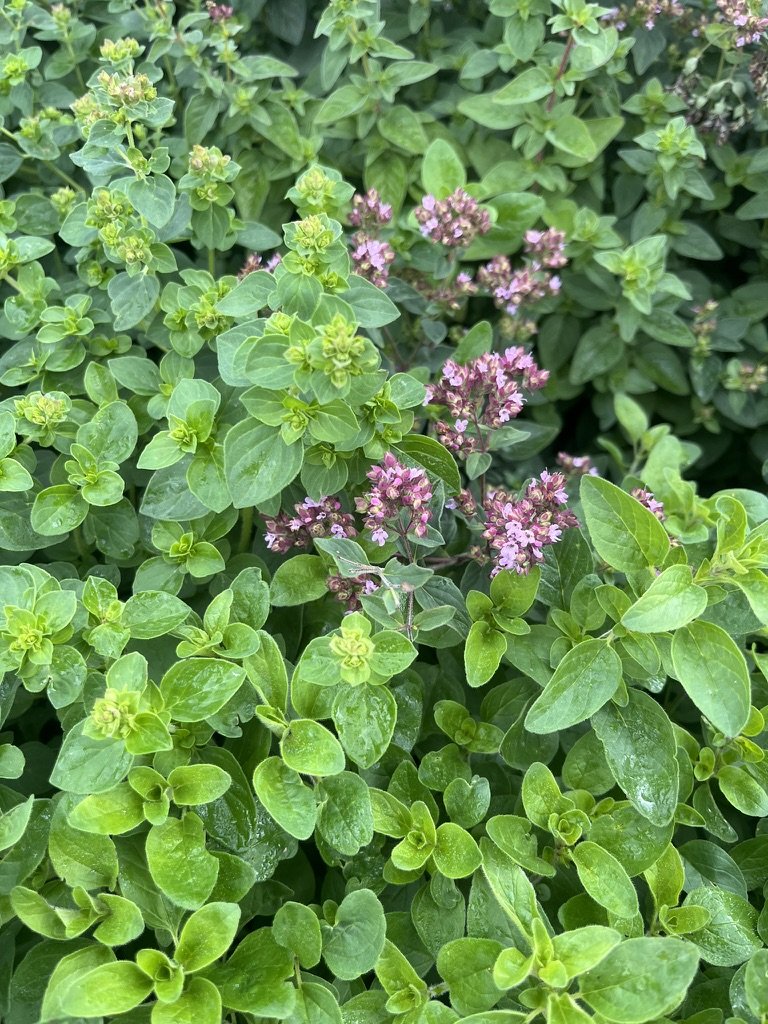
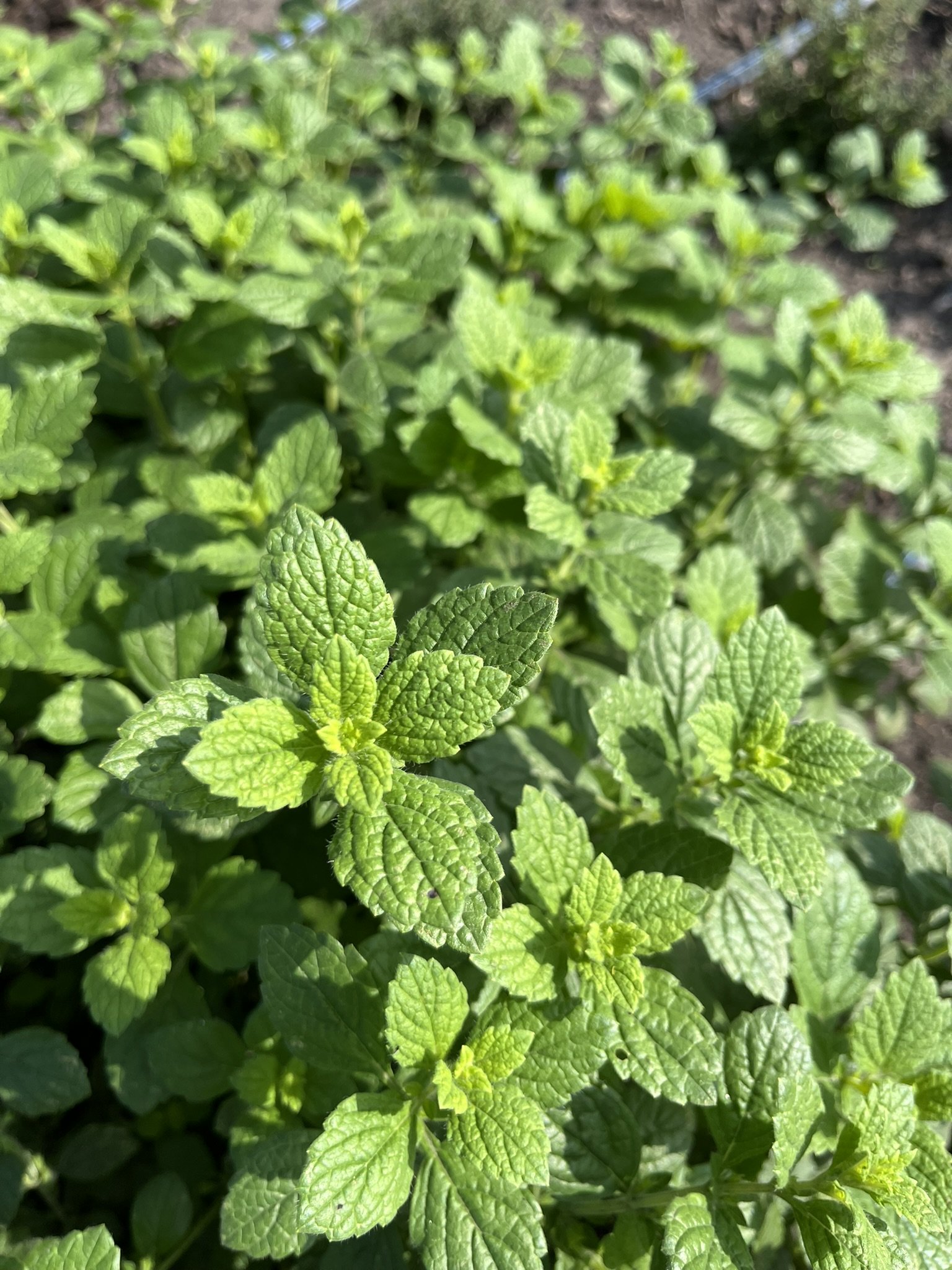
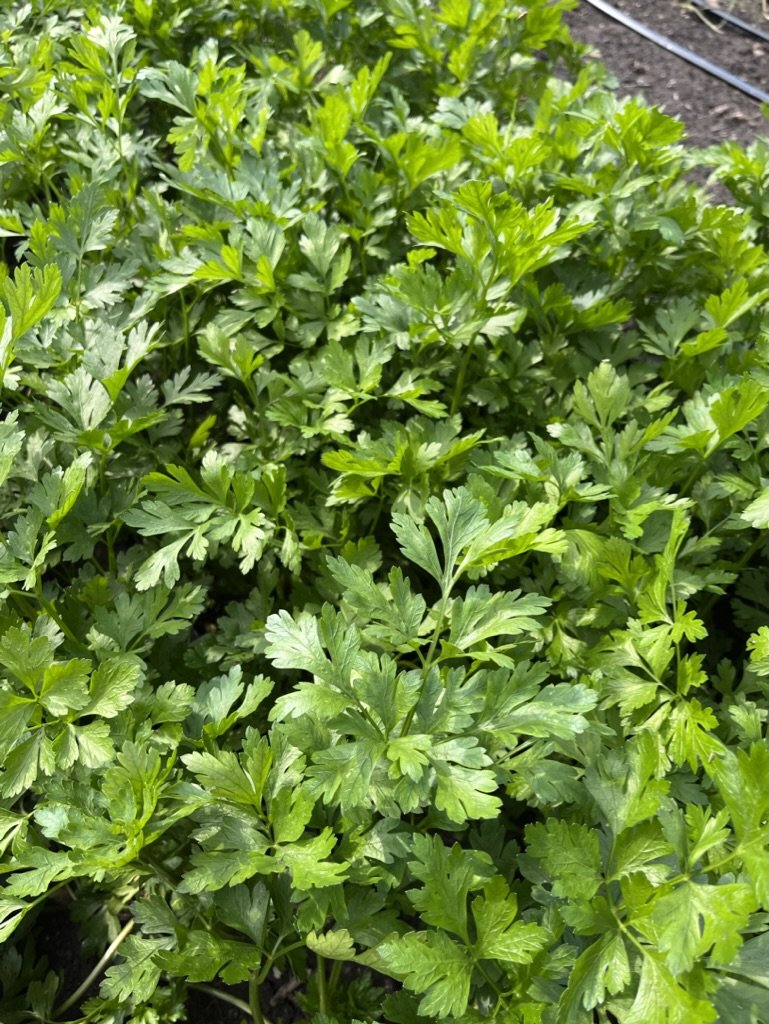
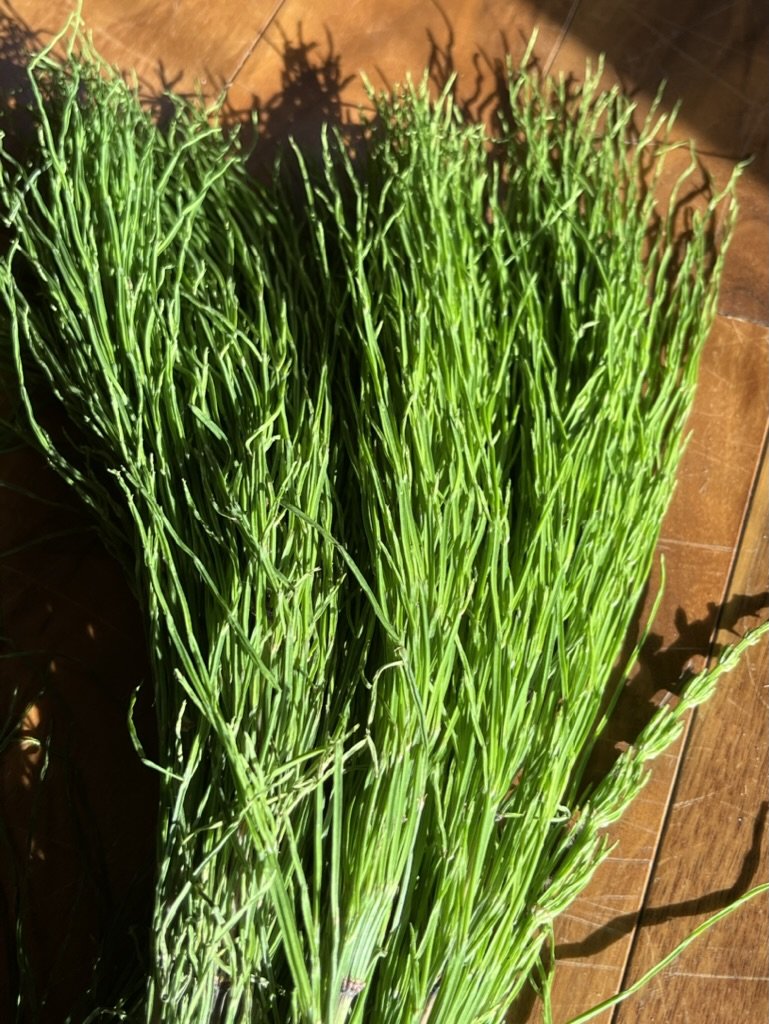
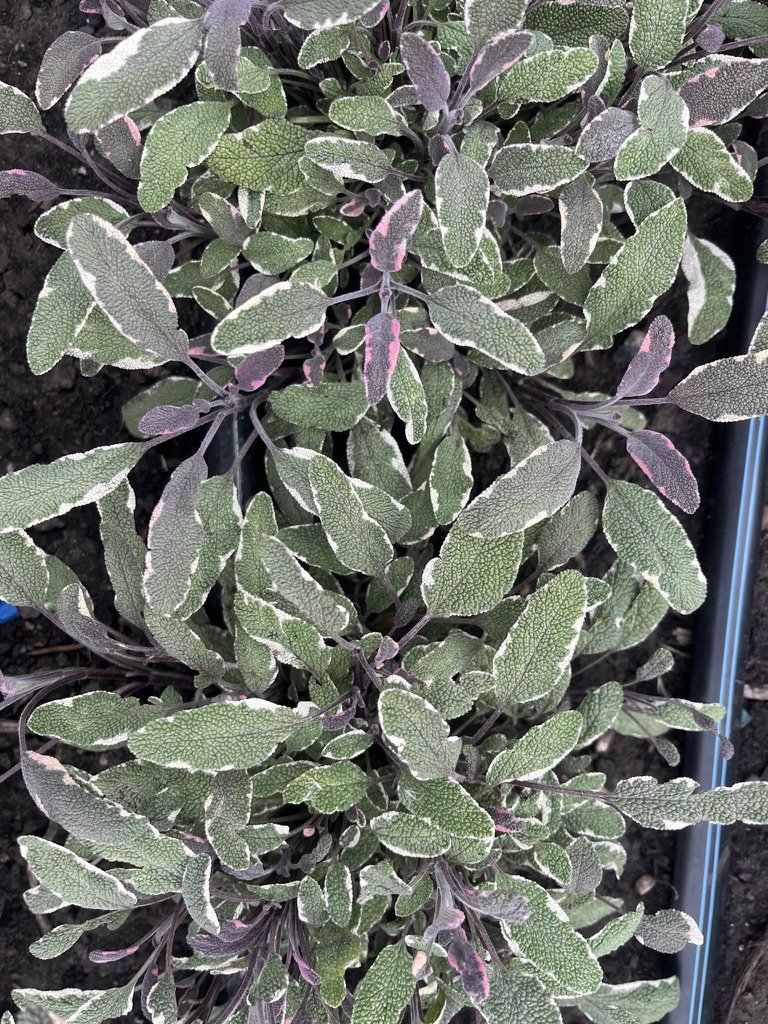
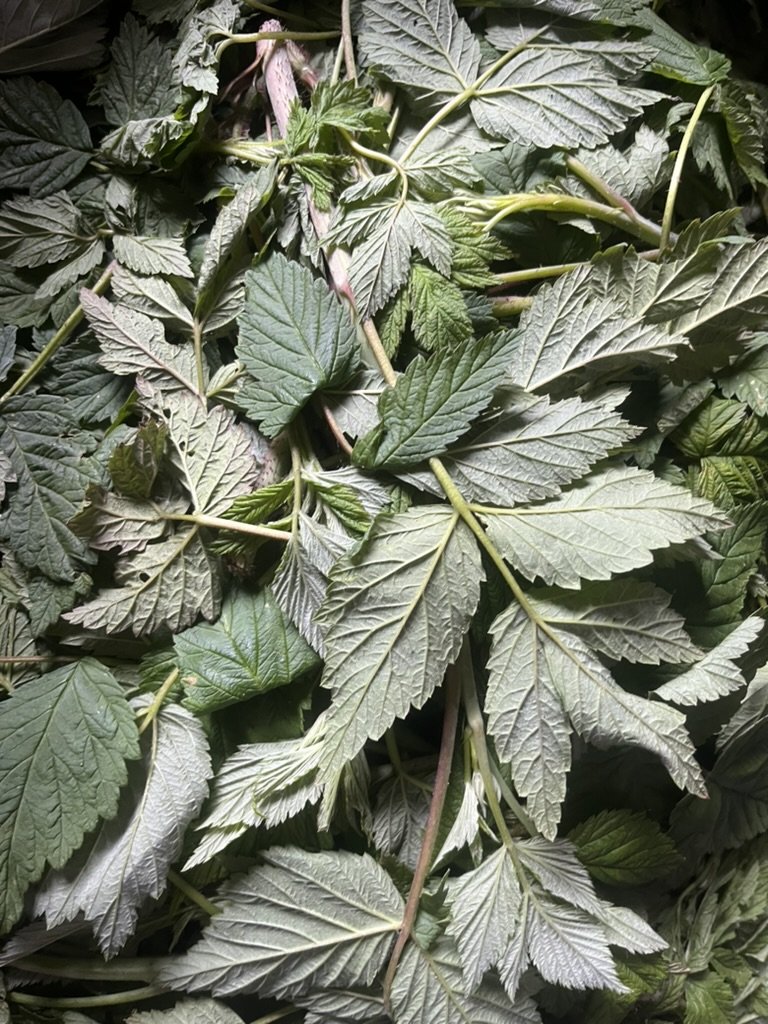
Dried Herbs - Cooking, Tea & Herbalism
Created using only our chemical free, soil grown, hand harvested / foraged herbs. They are all dehydrated low and slow to lock in maximum flavour, colour and medicinal qualities.
Choices are;
Horsetail - Used in Teas, Tinctures, Herbalism, Bath & Body Products. An ancient herb around 350 million years old and is considered a living fossil. You can find this plant everywhere in the world apart from Antarctica. It’s considered an invasive weed by many but to us it is extremely versatile edible and medicinal plant.
It’s considered the most abundant source of silica found in nature sitting at 35%! Which is known to help strengthen bones, tendons, hair and nails. Silica is responsible for creating collagen, collagen is responsible for developing and maintaining connective skin tissue due to these reasons it’s a popular ingredient in skin care products. Silica is helpful for memory loss issues and cognitive functions because it helps connect nerve cells and spinal cord. It also known to absorb and use calcium to enhance bone flexibility, helpful for fractured bones and dislocated joints.
Working as a powerful diuretic it’s great for treating kidney problems. In Traditional Chinese Medicine each season is associated with human organs and winter is linked to our Kidneys. This system is the battery of our body and issues with them can be directly connected to premature aging, sexual dysfunction, bone, teeth and hearing problems. Not recommend to use if you are trying to become pregnant or currently are.
Used as an ingredient in tea historically to treat the bacteria and sebum that produces acne and helps fight respiratory infections. The flavour comes across mild and grassy. A great way to utilize this plant is by infusing it in homemade apple cider vinegar for a couple of months or tallow for lotions. We use the infused vinegar as a base in salad dressings, cut the mixture with water for a face toner, use as hair rinses and add a little into our baths. Try grinding it up and adding as an ingredient in toothpaste.
Fun fact, herbicides such as glyphosate have minimal effect on horsetail due to the plants lack of leaf, deep root system and rhizomes. Making it a great resilient plant that can keep you fed and healthy. Maybe that is why it’s one of the oldest plants around. 10g Bags
Red Raspberry Leaf - Used in Teas, Tinctures, Infusions, Herbalism, Bath & Body Products.
Anthony William in his one of his books in the Medical Medium series called Life Changing Foods, he states that,
“Raspberry leaf is also beneficial to men, mostly as a blood cleanser and overall detoxify. Helps grow air when needed, and because it strengthen the pancreas, those who are dealing with pancreatitis can do very well on this herb.”
He also goes on to say that,
“Raspberry leaf brewed as a tea is on of the most profound tonics to address infertility and prepare a women’s body for pregnancy. It is useful to help prevent miscarriages and it is a useful tool to address exhaustion following child birth and postpartum depression. Raspberry leaf is known to enhance production of breast milk.”
In Susun S. Weed book called Wise Women Herbal Childbearing Year she writes that,
“Rubus is the best known, most widely used, and safest of all uterine / pregnancy tonic herbs. It contains fragrine, an alkaloid which gives tone to the muscles of the pelvic region. Contains calcium in its most absorbable form. Assimilation is further enhanced by the presence of phosphorus and iron, vitamin A and C in the raspberry leaves.”
The flavour of the leaves as a tea or infusion comes across similar to black tea. Try pairing the leaves with other herbs to aid in particular issues;
-mint will help lift your spirits and give you a sense of renewed energy.
-ginger aids in mental focus, increases chi (life energy) especially near the root chakra. Recommended during birthing process
-nettle helps restore the reproductive system, balance hormones, prevents hypertension (high blood pressure).
-red clover helps increase fertility in both men and women.
-by itself women claim it gently reliefs nausea, stomach distress and can help take the edge off.10g Bags
Catnip (Nepta Cataria) - Used in Teas, Tinctures, Herbalism, Culinary Preparations, Bath & Body Products. One of our favourite plants. Harvested after their beautiful light pink and white flowers are in full bloom. They attract bees, butterflies and felines but repeal most insects and rodents including flea beetles and mice! This herb is a rewarding perennial that will take over your garden, be mindful where you plant yours.
Our favourite way to incorporate catnip is in tea blends for both hot and cold beverages. It pairs great with lemon balm, mint, chamomile, lavender, ginger and hops. It has a slightly bitter flavour, which is awesome but can be mellowed out with a spoonful of honey or maple syrup. Due to its relaxing and soothing properties we drink catnip tea all day and night long. However, it’s prefered as a hot tea after dinner to help aid in digestion and promote a more restful sleep. It’s incredibly useful for tummy aches, gas, bloating and menstrual cramps especially when paired with ginger. Effective but fairly mild, great for children and cats will also enjoy it as a delicious treat. It’s also very commonly known for its effect on cats, often causing playfulness and bliss. It can be a useful tool for training cats, making certain areas more appealing than others. 10g Bags
Lemon Balm- Used in Teas, Tinctures, Herbalism, Culinary Preparations, Bath & Body Products. Leaves offer a sweet-tart flavour with a lemony zest and a hint of mint. Try it crushed for rubs and dry seasoning. Its fantastic for infusing water, oils, teas, syrups, sauces, jams, jellies, or liqueurs. It pairs well with poultry and fish, as well as honey, citrus, summer squash, cucumber, and cream. Lemon balm is also often combined with other soothing herbs, like valerian, chamomile, and hops. It’s touted for its antimicrobial, antiviral, and antioxidant properties due to the presence of a compound known as rosmarinic acid. It has long been used as a natural remedy for treating stress, anxiety, headaches, nausea, indigestion, cold sores, and insomnia. It is used in Ayurvedic Medicine and Traditional Chinese Medicine to cool and calm the stomach and to relieve stress, and balance mood. Perhaps most well-known for its calming properties, as its leaves can be used to make a calming tea. 10g Bags
Oregano - Used in Teas, Tinctures, Herbalism and Culinary Preparations. It’s said to have a ‘balsamic’ flavour; a combination of mint, thyme, and rosemary. A traditional Mediterranean herb and plays a prominent role in Greek and Italian cuisine. Pair fresh and dried oregano with cured olives, sheep's milk cheeses, tomatoes, pork, lamb, potatoes, pasta and rices. It is an ideal aromatic for meat stews and can compliment olive oil sauces for grilled and baked fish. Good source of iron, manganese, vitamin K, fibre and calcium. It also contains omega-3 fatty acids. Strong anti-bacterial and anti-fungal properties. Phytonutrients found in the herb is four times more antioxidant power than blueberries. For the best health benefits, it is often brewed into a tea. 10g Bags
Parsley - Used in Teas, Tinctures, Herbalism and Culinary Preparations. Has a fresh, green, mildly grassy aroma and flavour with hints of citrus, clove, and nutmeg. It can liven up rice or grilled vegetables, impart a fresh taste in butter for potatoes, corn, and garlic bread, be added to pesto or tomato sauce, or be used in marinades for meat, fish, and poultry. Pairs especially well with shellfish, potatoes, leeks, cucumber, tomatoes, mushrooms, peppers, squash, garlic, chili flakes, lemon, and cream. Packed with vitamin C, iron, and the natural antiseptic, chlorophyll. It is also a good source of folate, potassium, copper, zinc, and vitamins A, B, and K. It has antifungal, antioxidant, anti-inflammatory, and antiseptic properties. It has traditionally been used as a treatment for urinary tract infections or kidney and bladder problems and has been touted for its ability to improve digestion, detoxify the body, or even cleanse the palate and freshen breath. 10g Bags
Tri-Coloured Sage - Used in Teas, Tinctures, Herbalism and Culinary Preparations. The flavour pairs well with sausage, pork and poultry, soups and stews. Add to your stocks and stuffings. Chop and add to butters or spreads to impart a savoury flavour. Contains high amounts of vitamins A and C. Sage contains the compounds camphor, pinene, thujone, and others, as well as estrogenic substances and flavonoids. These substances and compounds are beneficial to the digestive system, they have an astringent quality and anti-septic properties. 10g Bags
Herb Blend made of Oregano, Parsley, Sage and Marjoram - Used Culinary Preparations. This combo is perfect addition on chicken, turkey, white fish, or try it in stuffing, dressing, marinades, herb butter, soups and broths. 10g jar
Chives - they are an easy and colorful way to add a light onion touch to a large variety of dishes Great as a rub for meats, fish and seafood or garnish over potato salads. Because they are so thin and delicate, they should only be added at the end of cooking. Add them to avocados, sour cream, cheese, cottage cheese, stir fries, egg or potato dishes, vinegars, salads, cream cheese, herb butters, cream and tomato sauces, and soups. 15g bag
Herb mix pairs well with;
Fruit & Veggies - citrus, carrots, potatoes, celeriac, parsnips, parsley root, kohlrabi, corn, onions, shallots, garlic, garlic scapes, leeks, scallions, sweet peppers, hot peppers, bell peppers, tomatoes, cucumbers, beans, broccolini, summer squash, beets, turnips, brussel sprouts and radishes.
Dairy & Meats -beef, lamb, chicken, turkey, bison, elk, sausage, pork, butter, milk, cream, eggs, mozzarella, parmesan and goat cheeses.
Others - olive oil, vinegars, bread crumbs, flour, grains, rice, and tomato sauce, pepper sauce, béchamel sauce and gravy.
RASPBERRY LEAF -
The flavour of these leaves brewed comes across similar to black tea. Try pairing them with other helpful herbs to aid with particular issues;
-mint will help lift your spirits and give you a sense of renewed energy.
-ginger aids in mental focus, increases chi (life energy) especially near the root chakra. Recommended during birthing process.
-nettle helps restore the reproductive system, balance hormones, prevents hypertension (high blood pressure). -red clover helps increase fertility in both men and women.
-by itself it can gently relieve nausea, stomach distress (morning sickness) and can help take the edge off.
Anthony William in his book called Life Changing Foods, he claims that, “Raspberry leaf is also beneficial to men, mostly as a blood cleanser and overall detoxify. Helps grow hair when needed, and because it strengthen the pancreas, those who are dealing with pancreatitis can do very well on this herb.”
He also goes on to say that, “Raspberry leaf brewed as a tea is on of the most profound tonics to address infertility and prepare a women’s body for pregnancy. It is useful to help prevent miscarriages and it is a useful tool to address exhaustion following child birth and postpartum depression. Raspberry leaf is known to enhance production of breast milk.”
In Susun S. Weed book Childbearing Year she writes that, “Rubus is the best known, most widely used, and safest of all uterine / pregnancy tonic herbs. It contains fragrine, an alkaloid which gives tone to the muscles of the pelvic region. Contains calcium in its most absorbable form. Assimilation is further enhanced by the presence of phosphorus and iron, vitamin A and C in the raspberry leaves.”








